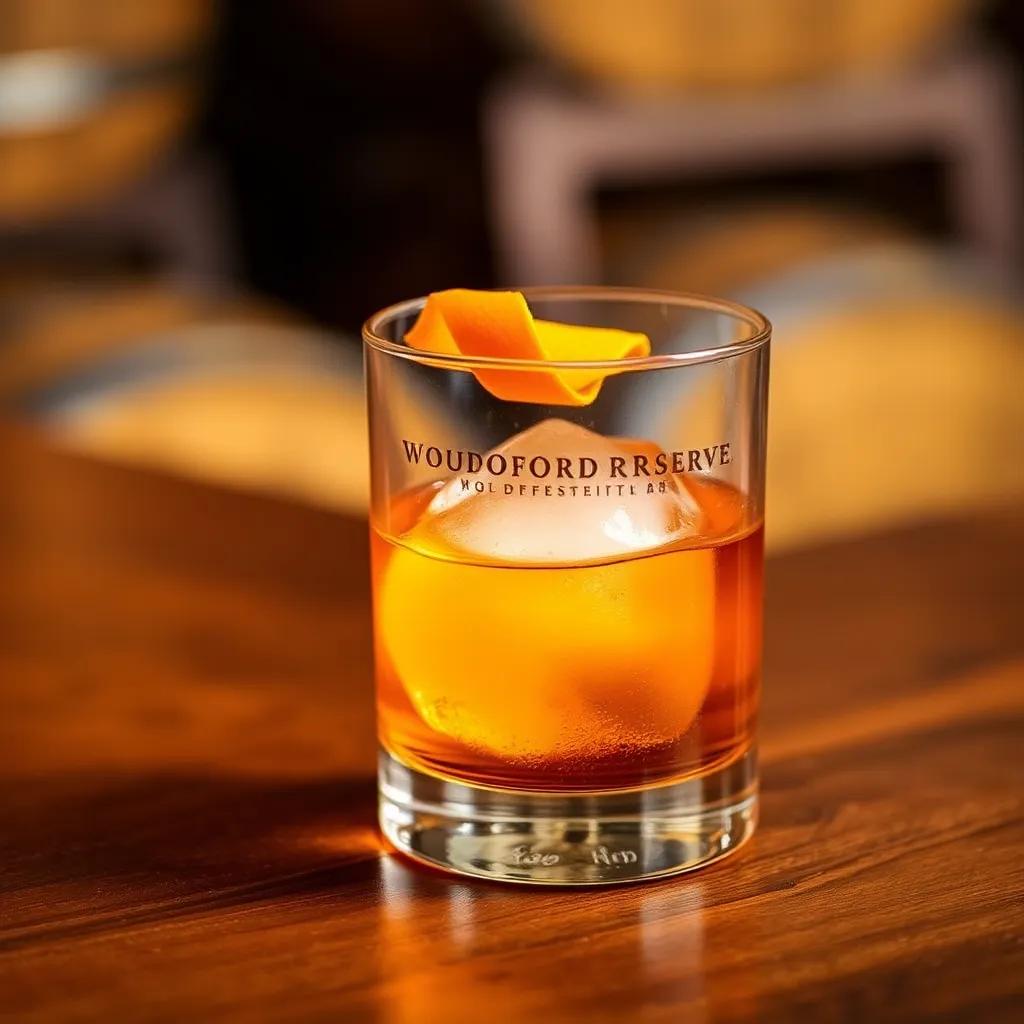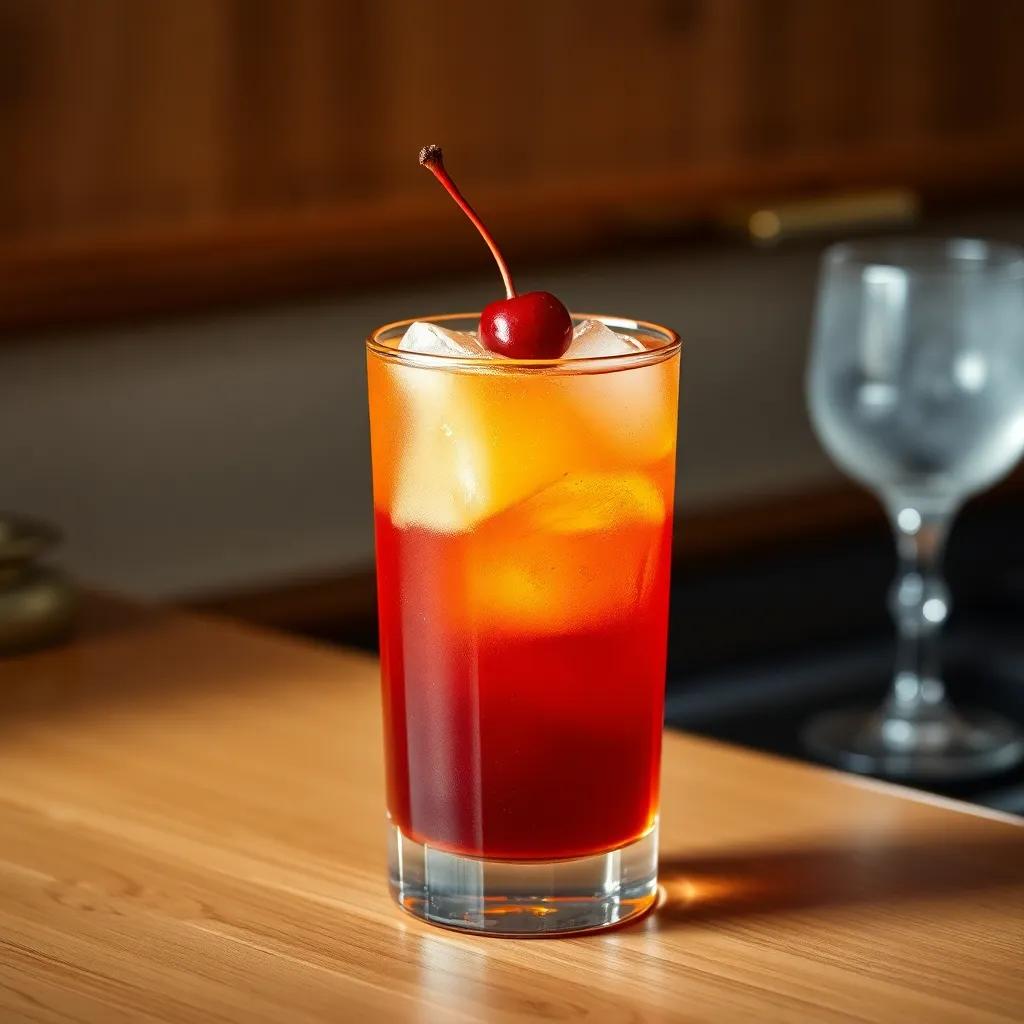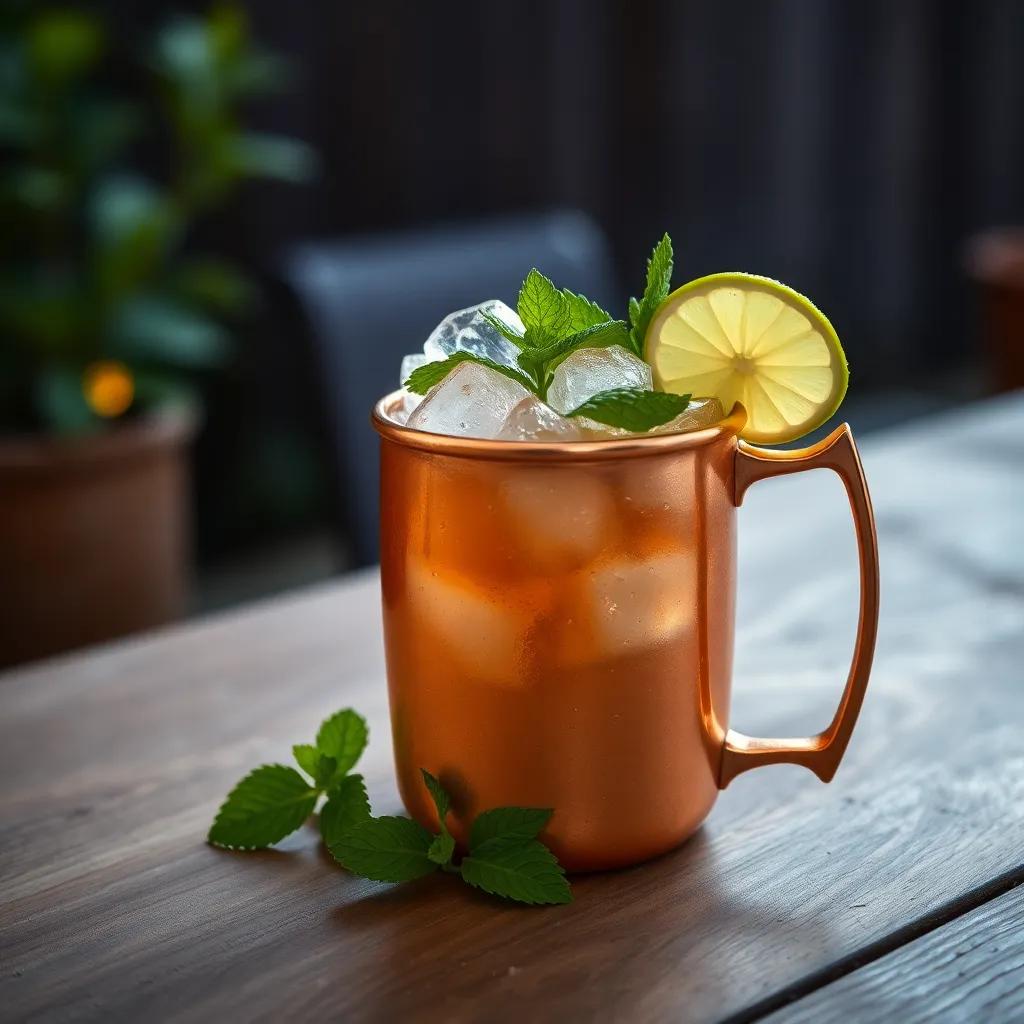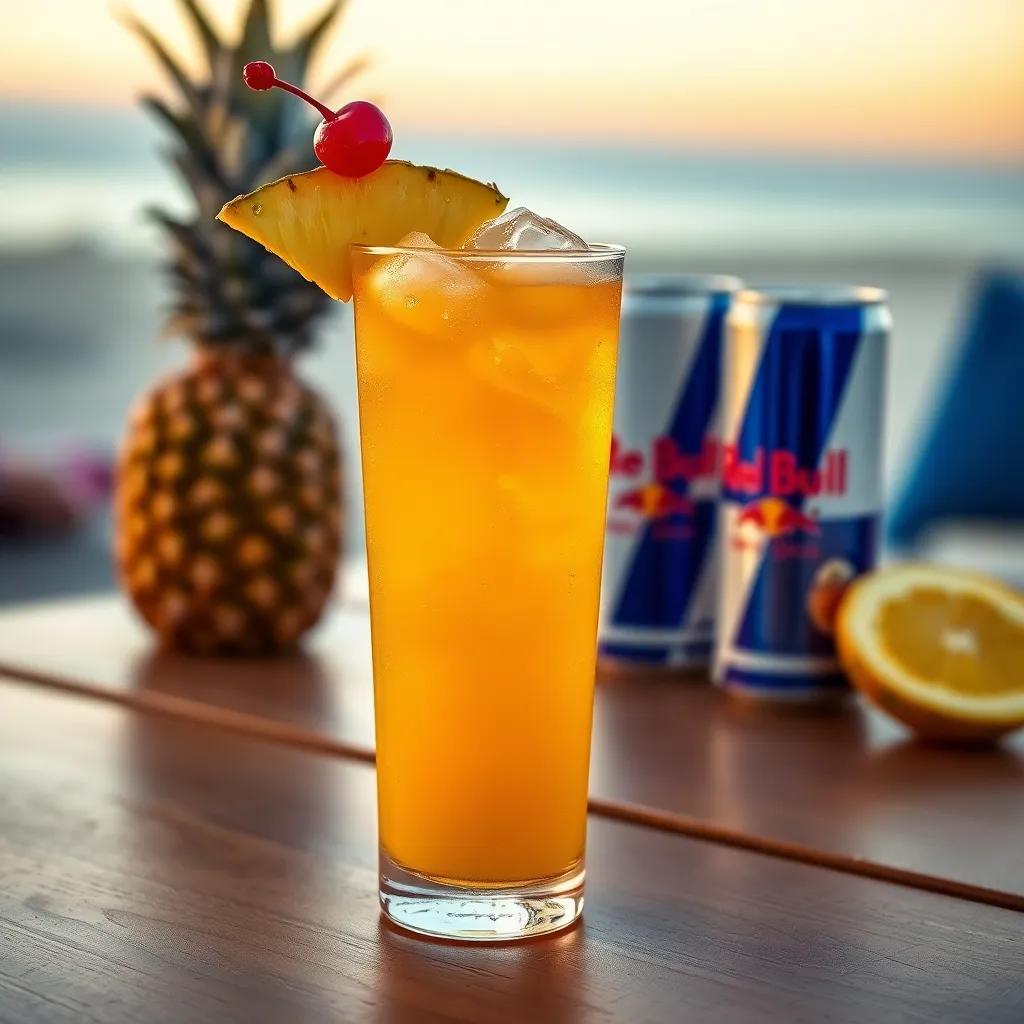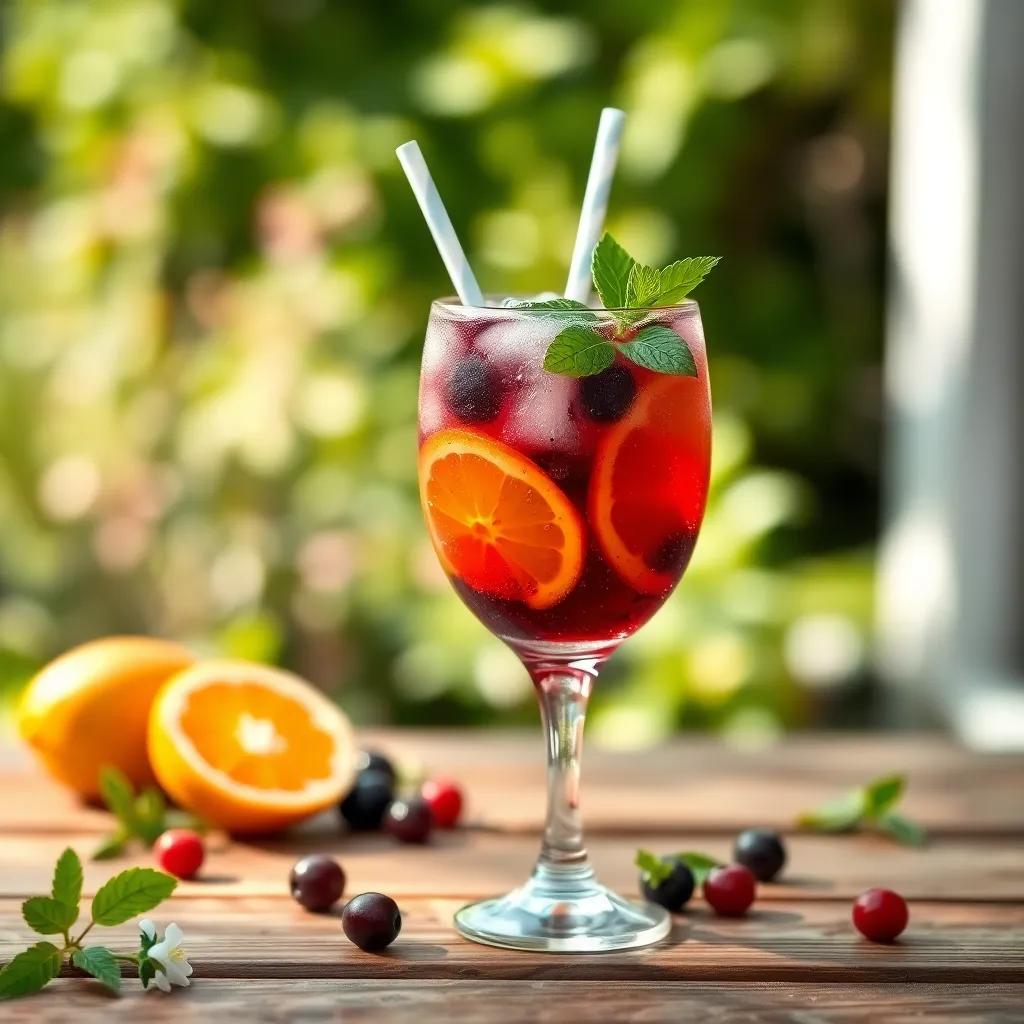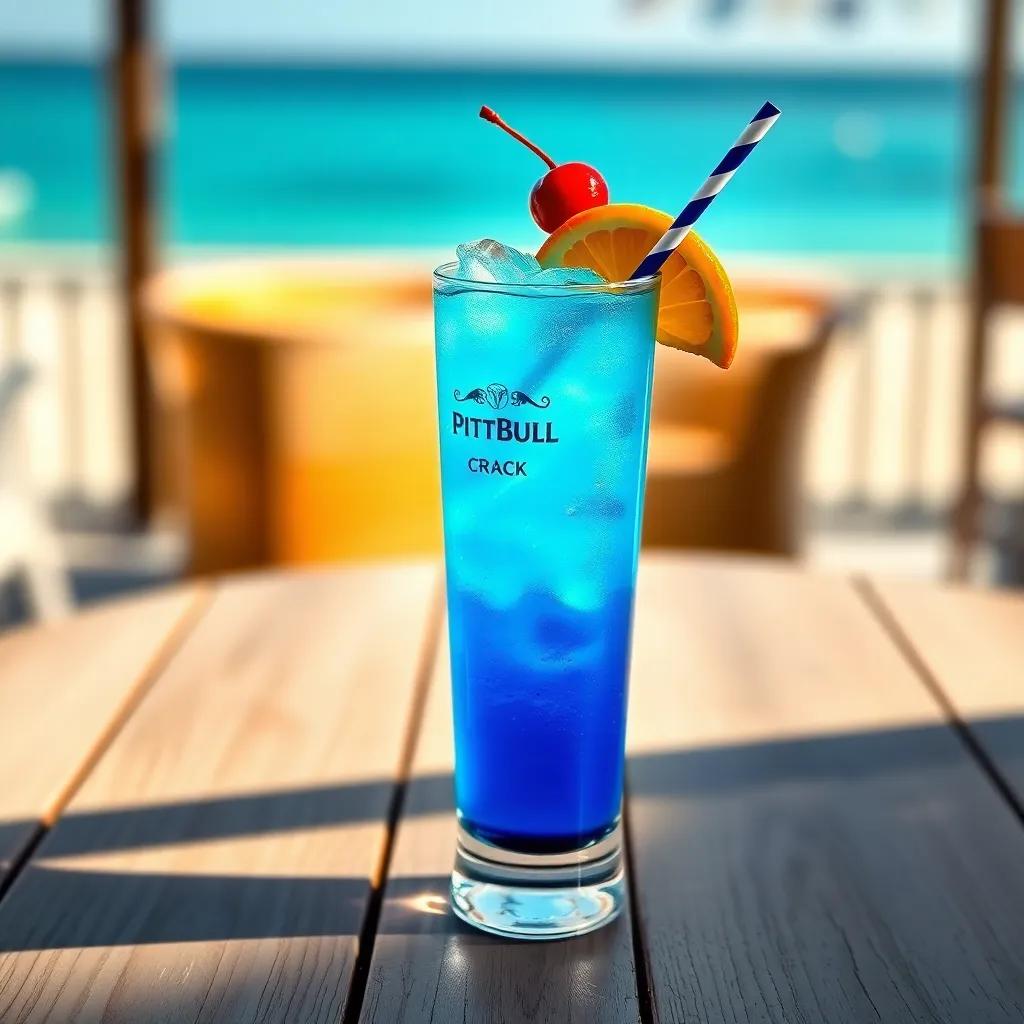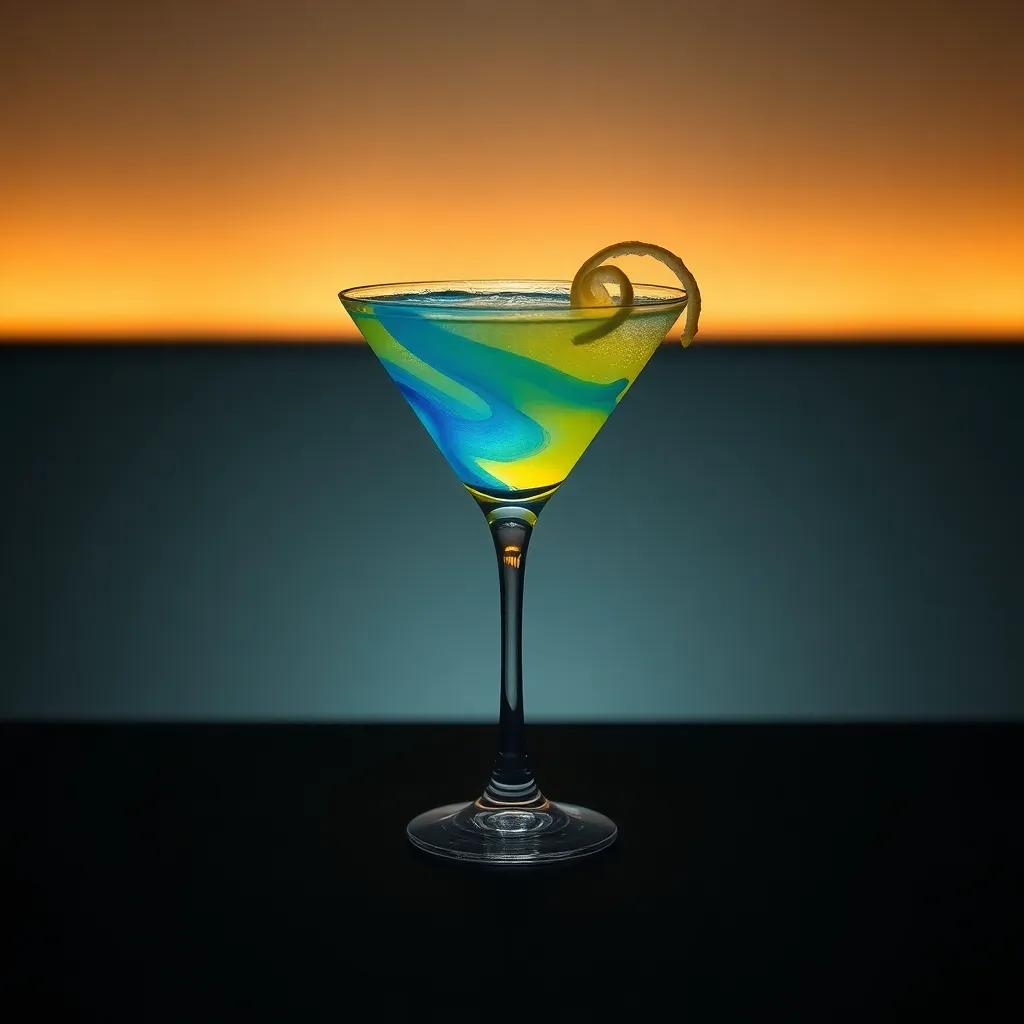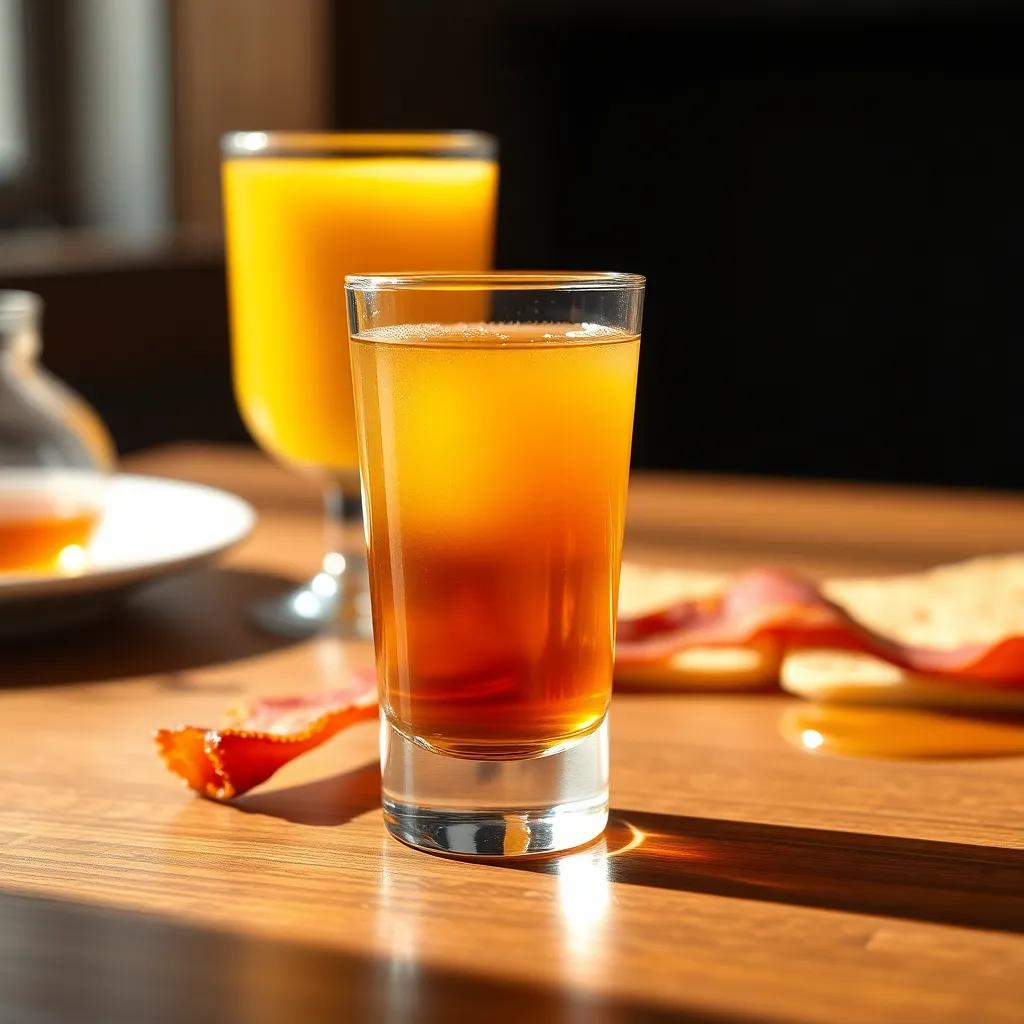
I first discovered the Yellow Parrot cocktail in a dimly lit speakeasy tucked away on a quiet New Orleans street. The bartender, with a sly grin, described it as “potent but poetic,” and after my first sip, I understood exactly what he meant. This drink doesn’t pull any punches – it’s unapologetically bold, a heady mix of herbal flavors that lingers long after you’ve put your glass down.
The Yellow Parrot isn’t one of those crowd-pleaser cocktails you see splashed all over Instagram. It’s a relic from the pre-Prohibition era, somehow still whispered about among bartenders and cocktail geeks, never quite mainstream but never forgotten either. Its golden color comes from Yellow Chartreuse, an almost mystical liqueur crafted by Carthusian monks who have guarded its recipe for centuries. I still remember the first time I held the bottle up to the light – there’s something almost ceremonial about using it.
Strength & Profile
Note: You can tap on flavors, occasions, and feels to view more similar cocktail recipes.
This drink is all about intensity. It has no juice to soften the blow, no syrup to sweeten the deal – just three powerful ingredients thrown together in equal measure. Absinthe brings its unmistakable, slightly dangerous anise punch. Bénédictine layers on a honeyed, spicy complexity. Yellow Chartreuse adds that mysterious herbal backbone. Together, they make a drink that’s a bit of a dare – a reward for the curious and the brave.
If you haven’t had much absinthe, don’t let it spook you. Here, it plays nicely with the others, balanced and intriguing rather than overwhelming. Still, I’d recommend sipping this one slowly and savoring the parade of flavors. There’s a reason I never make it unless I have nowhere else to be for the evening.
Here’s how I make it:
Ingredients:
- 1 ounce absinthe
- 1 ounce Bénédictine
- 1 ounce Yellow Chartreuse
- Lemon twist, for garnish (if you feel fancy)
Glassware: Cocktail glass or coupe, chilled
Method:
- Fill a mixing glass with ice.
- Pour in the absinthe, Bénédictine, and Yellow Chartreuse.
- Give it a good stir – about 30 seconds – until it’s ice cold and ever-so-slightly diluted.
- Strain into your chilled glass.
- Express a lemon twist over the drink and let it float on top.
After some trial and error, I found that stirring (not shaking) makes for a smoother, more elegant cocktail. Shaking tends to over-dilute and cloud the drink, which robs it of some of its magic. Also, if you’re a lemon fan, don’t skip the twist – it adds a zing that cuts through the richness.
Pairing-wise, this cocktail is surprisingly good with cheese, especially anything nutty or earthy. Aged Comté, sharp goat cheese, or just a handful of briny olives all work wonders. I’ve even served it alongside smoked almonds, and it made for the best kind of low-key happy hour.
As for riffs, there are a couple I’ve toyed with. Sometimes I swap in Green Chartreuse for an even more assertive herbal blast (they call it a Green Parrot for obvious reasons), but be warned – it’s not for the faint of heart. Adding a squeeze of lemon juice brightens things up, but I always feel like I’m cheating on the original when I do that.
One bit of advice: Don’t try to fake any of the ingredients. I once used Pernod instead of absinthe and instantly regretted it. The magic just wasn’t there.
The Yellow Parrot is a reminder for me that some of the best cocktails aren’t chasing trends. They’re the old-school oddballs, passed down by word of mouth and kept alive by people who appreciate their uniqueness. If you ever come across the three components, give it a shot. Who knows – it might just become your signature secret.

